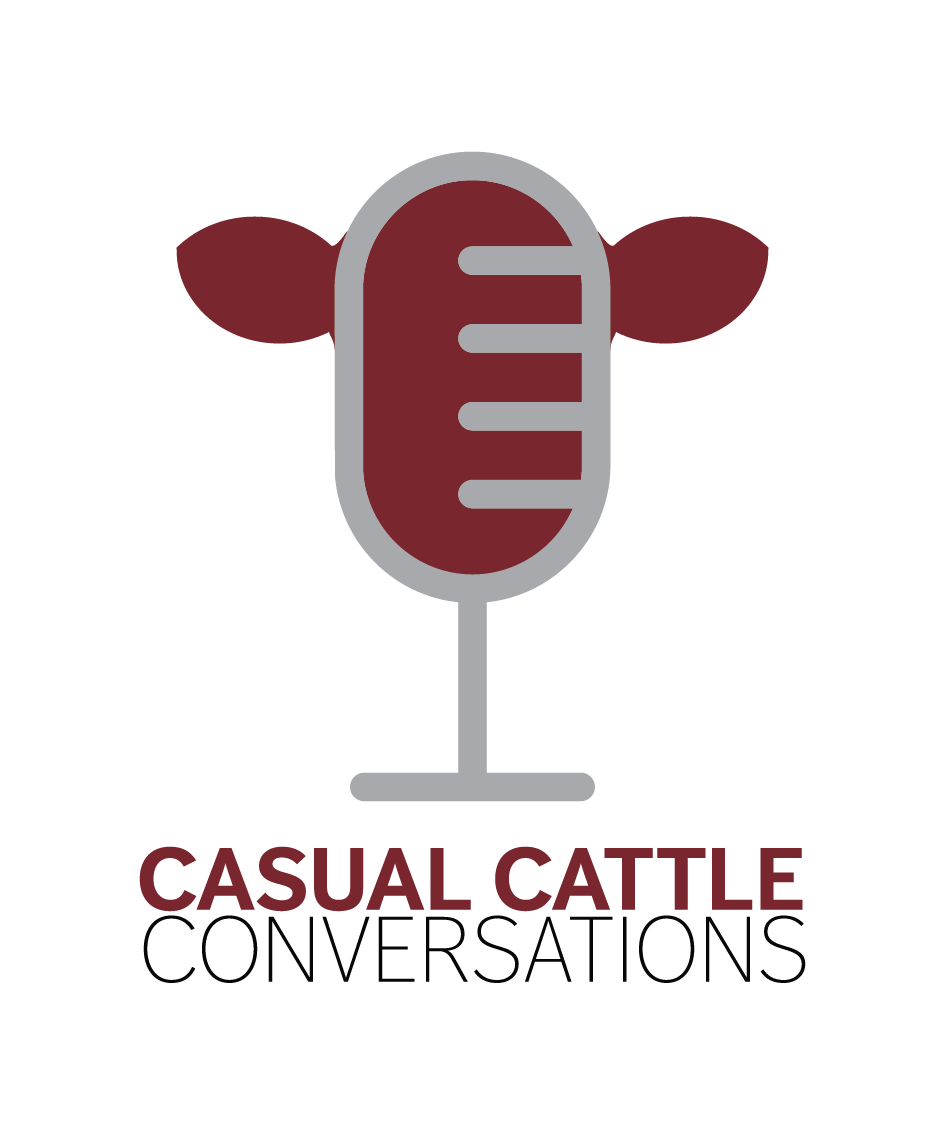Extending Grazing Seasons in Northern Climates Improves Profits and Soil Health
Regardless of location, more days spent grazing is something more and more ranchers continue to push for. However, ranchers in northern climates with harsh especially appreciate extended grazing seasons to reduce input costs.
Luke Ressler farms and ranches alongside his wife, Elli, and her parents in northeastern North Dakota in the Red River Valley. Together, they farm, feed cattle, and have a cow-calf operation. In 2019, Luke and Elli decided to place more emphasis on soil health and integrating cattle onto the crop land.
Ressler says, “With land prices being so high, I want to protect the soil by keeping more residue out there, adding cover crops, and having a living root to keep the soil in place.”
This integration has offered numerous benefits to the land and the profitability of the operation.
““Cattle fit into the farming operation by helping us manage excess moisture, cycle nutrients, and add value through grazing,” says Ressler. “We’ve really pushed adding more cover crops since 2019, experimenting with them and trying to get cattle out to graze.” ”
Keeping in mind the nutrient and moisture requirements of subsequent crops is a key factor of making this integration work.
He says, “I try to keep seeding rates balanced—enough to get good biomass for grazing, but not so much that it takes too much moisture away from my cash crop.”
Ressler has also learned to be cognizant of which cover crop mixes might cause challenges during the next cash crop planting or harvest season.
“One thing I’ve learned is purple top turnips might go to seed in the spring instead of fall which creates challenges if we come in the next year with beans,” says Ressler. “They are hard to kill create problems when you have to cut low to the ground during harvest.”
After he finishes small grain harvest in mid to late- August, Ressler plants a blend of rye, kale and peas in these fields. Once plants get to about four to six inches tall, he puts up a single poly wire around and turns the cattle out to graze.
“Having cows out grazing until January 1st last year was awesome,” says Ressler. “Less time feeding cows in the tractor means more time focusing on profitability and other parts of the operation.”
Water of course is a limiting factor, so he hauls water out to fields until mother nature signals it is time to bring cattle home.
“Snow is less likely to slow us down than ice,” says Ressler. “Cows will rummage through snow for forage, but ice inhibits grazing and the functionality of our poly wire fence.”
Thus, a plan B is always necessary.
He says, “My backup plan if grazing doesn’t work is to move to bale grazing, focusing it on areas that need more residue.”
Bale grazing itself has offered benefits to the operation.
“It seems to take our ground about two years to cycle residue nutrients,” says Ressler. “Some people see waste with bale grazing, but in my eyes, I’m feeding my soil. Two years later, you can see lush grass growth in those spots.”
The increased availability of grazing days throughout the year also changed another big management decision – calving season.
“We experience spring blizzards and flooding which always required us moving cattle to dry lot instead of calving on pasture,” says Ressler. “We moved our calving season to the early fall to avoid mud and harsh weather conditions.”
The nutrient availability from the cover crops has been beneficial to the pregnancy rates of his cow herd which also impacts profitability.
He says, “Being able to graze covers in the fall has really helped with pregnancy rates—those cows are on high-protein, good forage going into breeding season.”
One unforeseen benefit he saw was reduced stress at weaning.
He says, “I’ve noticed the calves learn how to graze from their mothers in these systems, which reduces stress at weaning and makes them hit the bunk faster.”
Improving soil health, increasing profits and extending grazing seasons has no one-size-fits-all approach.
“Every year I try something different. It’s about adapting, learning, and figuring out what works best for both soil health and profitability,” says Ressler.
And of course, the big picture is the most important thing to remember.
Ressler says, “Cover crops and bale grazing aren’t just about feed—they’re about soil health, reducing labor, and lowering input costs over time.”
This means patience and persistence is required just like with any change.
“It’s a long game. Improving pastures and soils doesn’t happen overnight, but you see slow, steady improvements year after year.”
You can listen to the full conversation on the Casual Cattle Conversations podcast.

